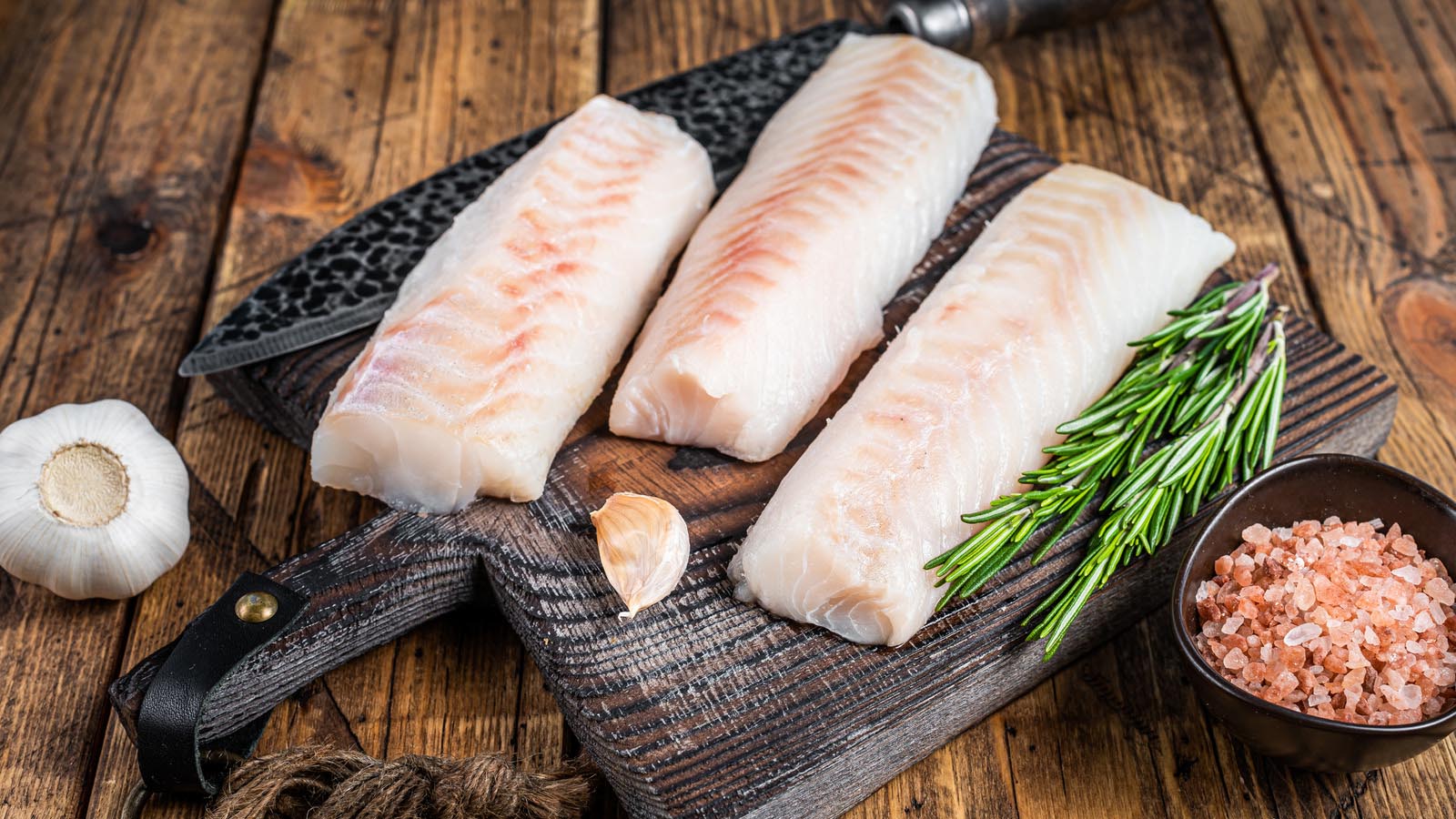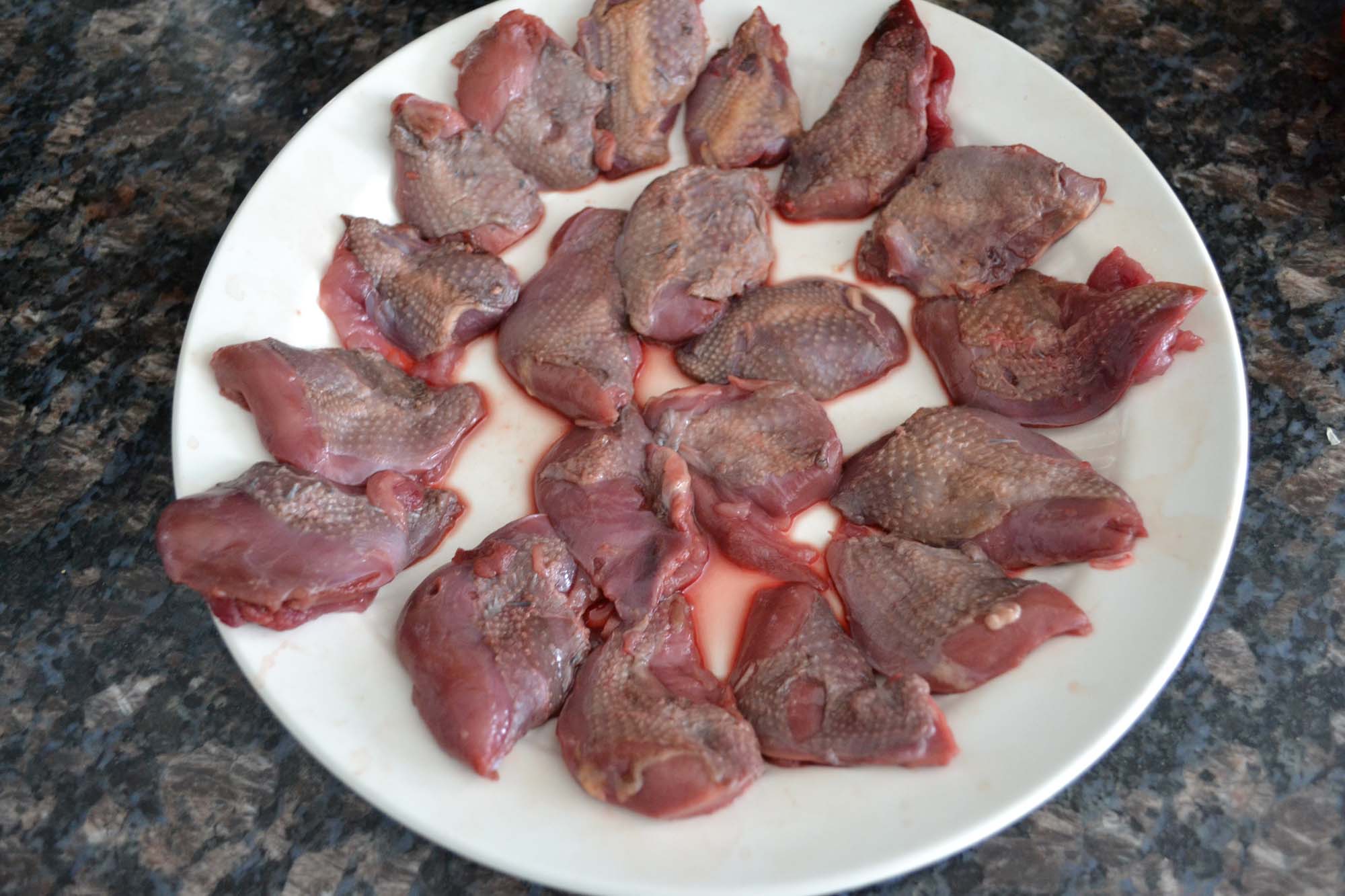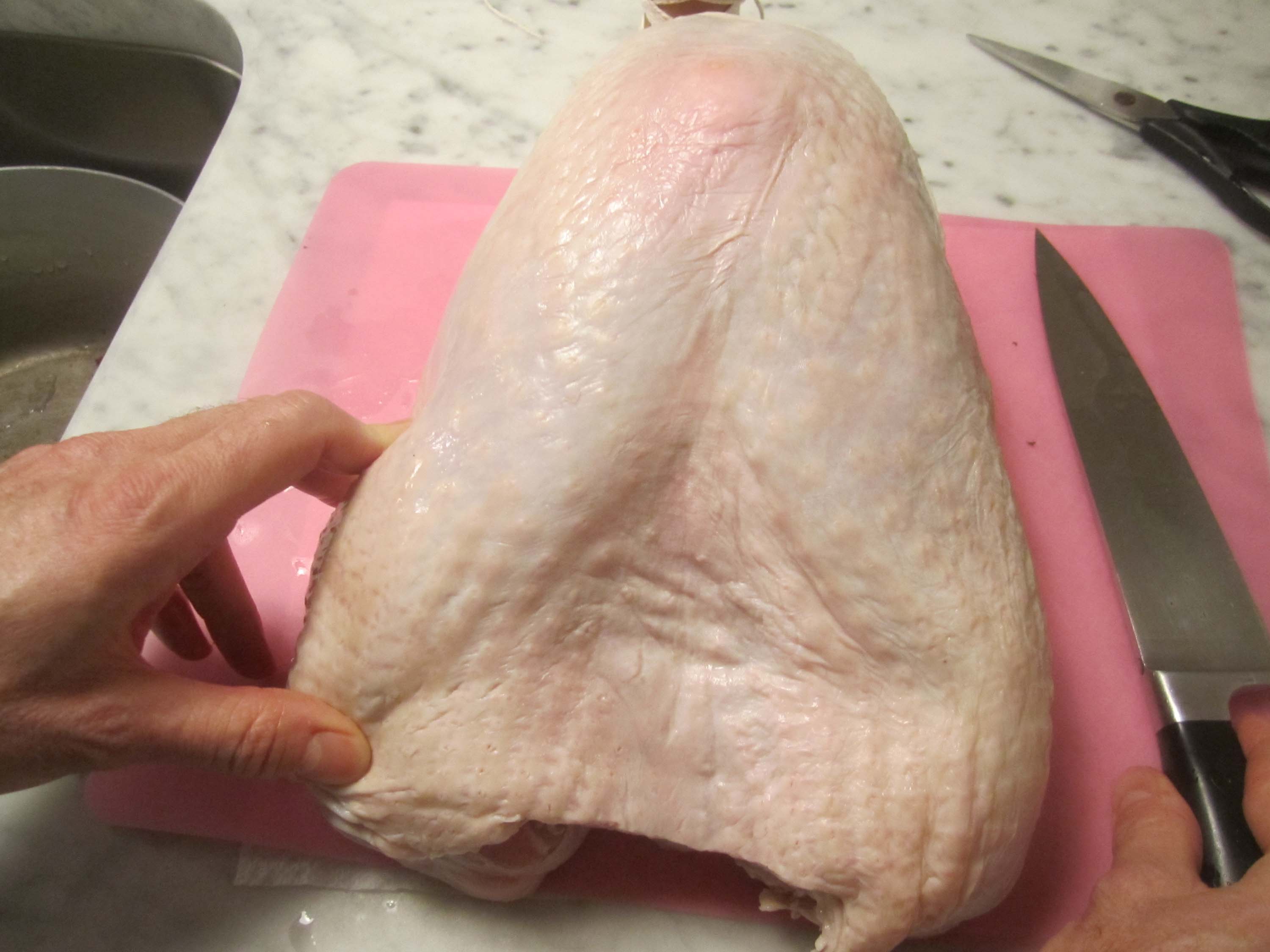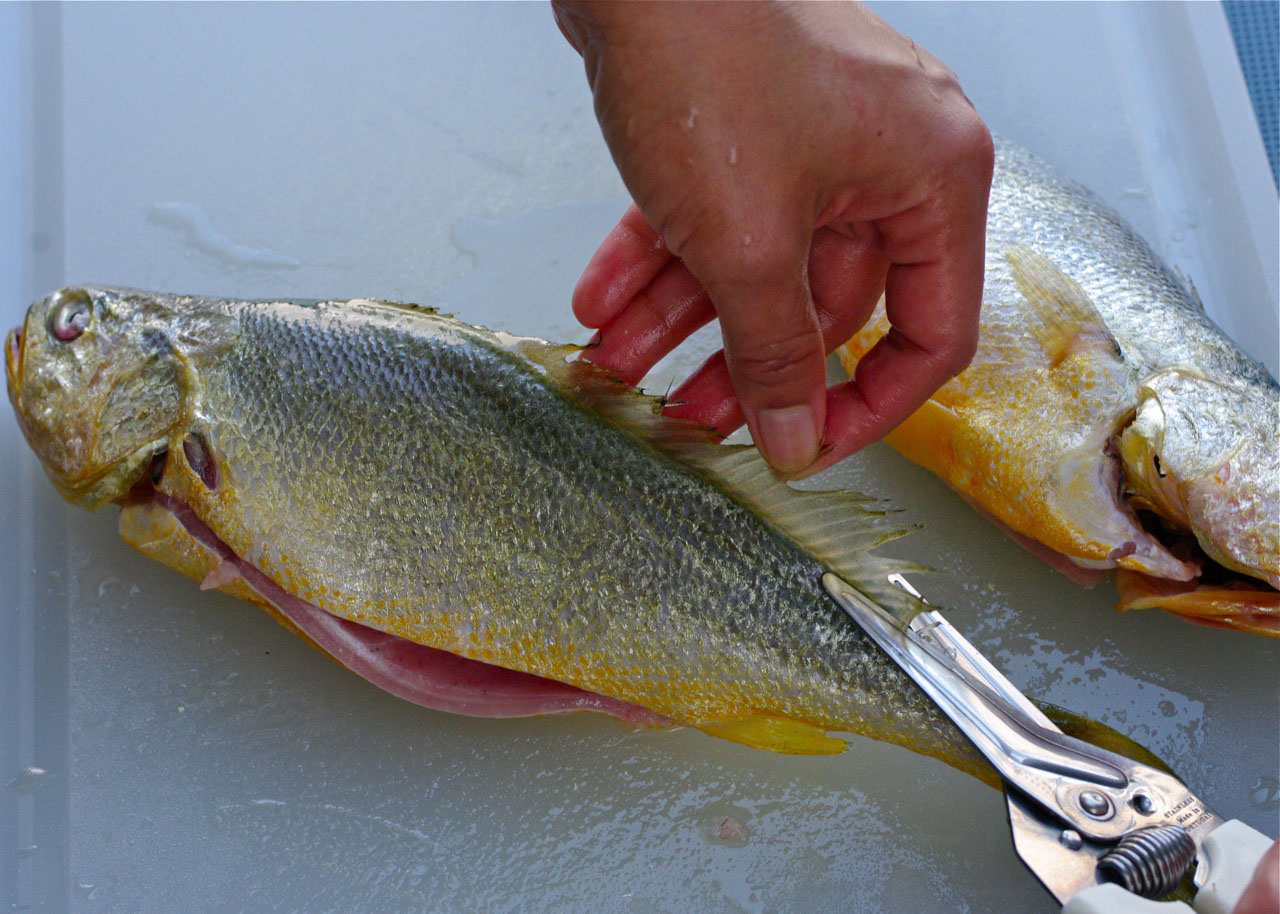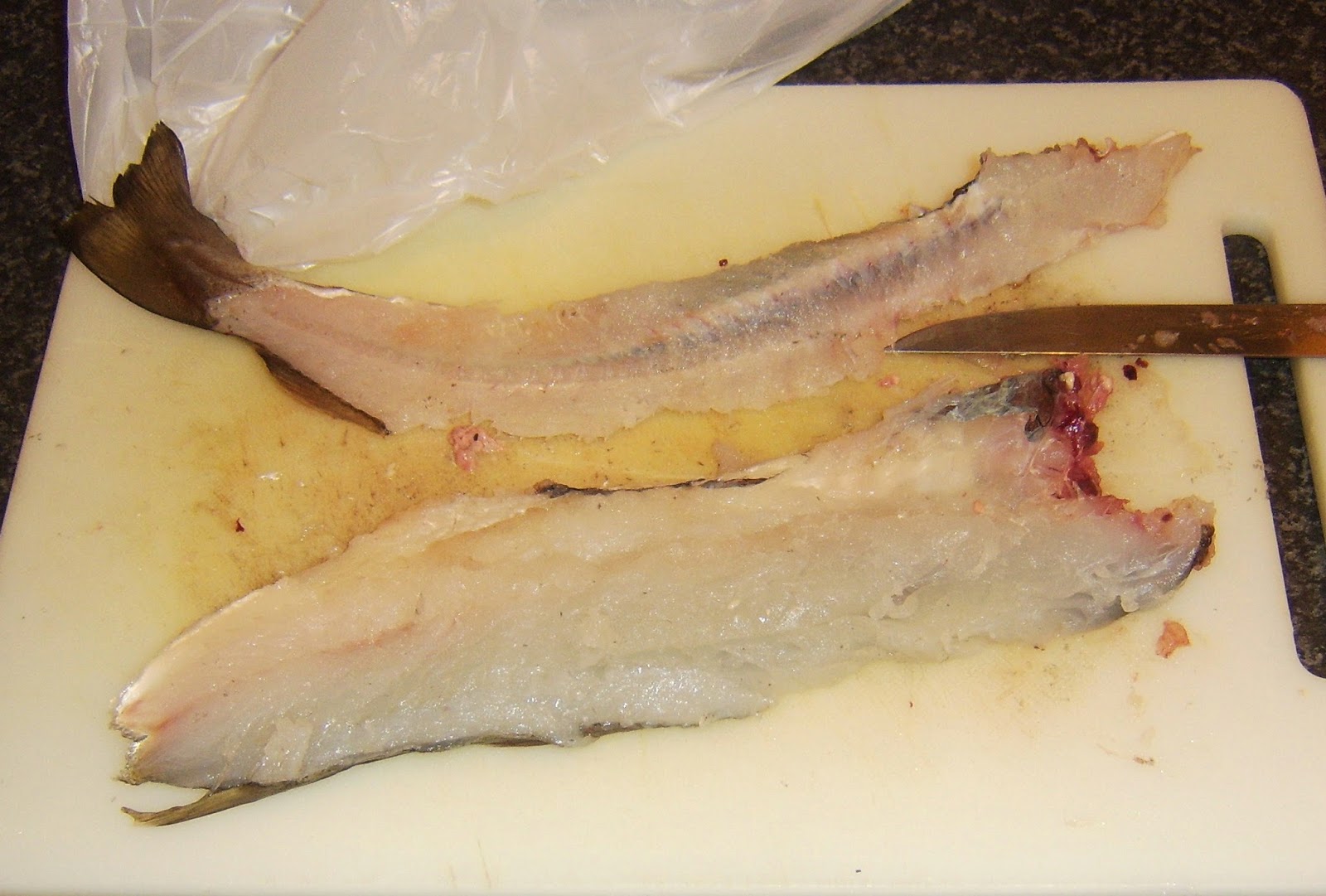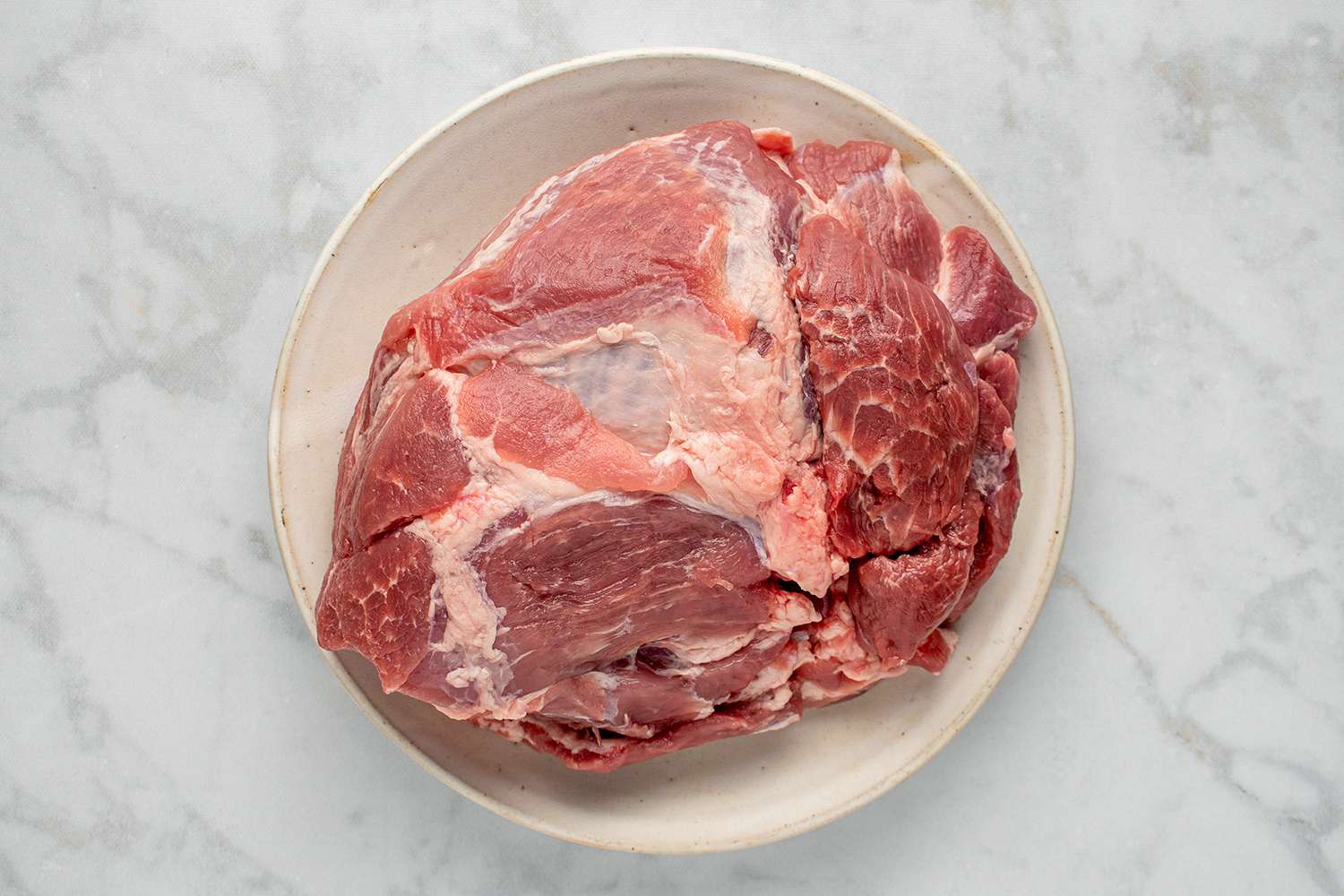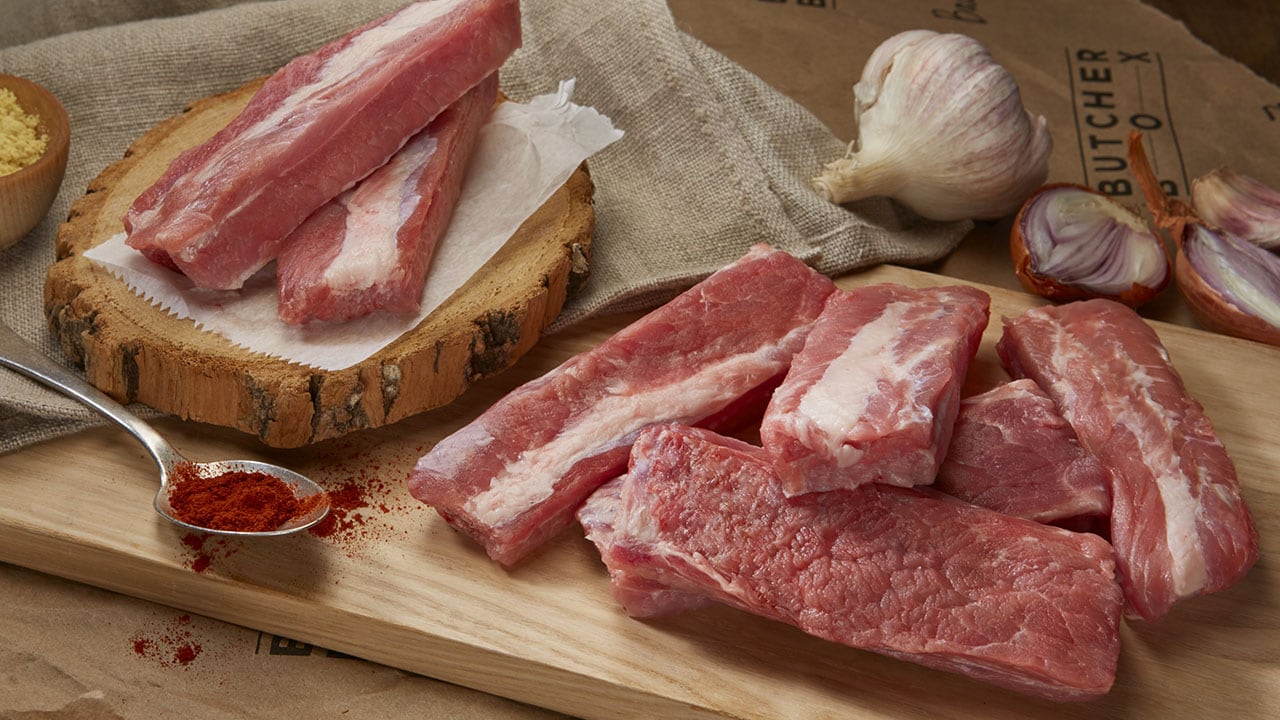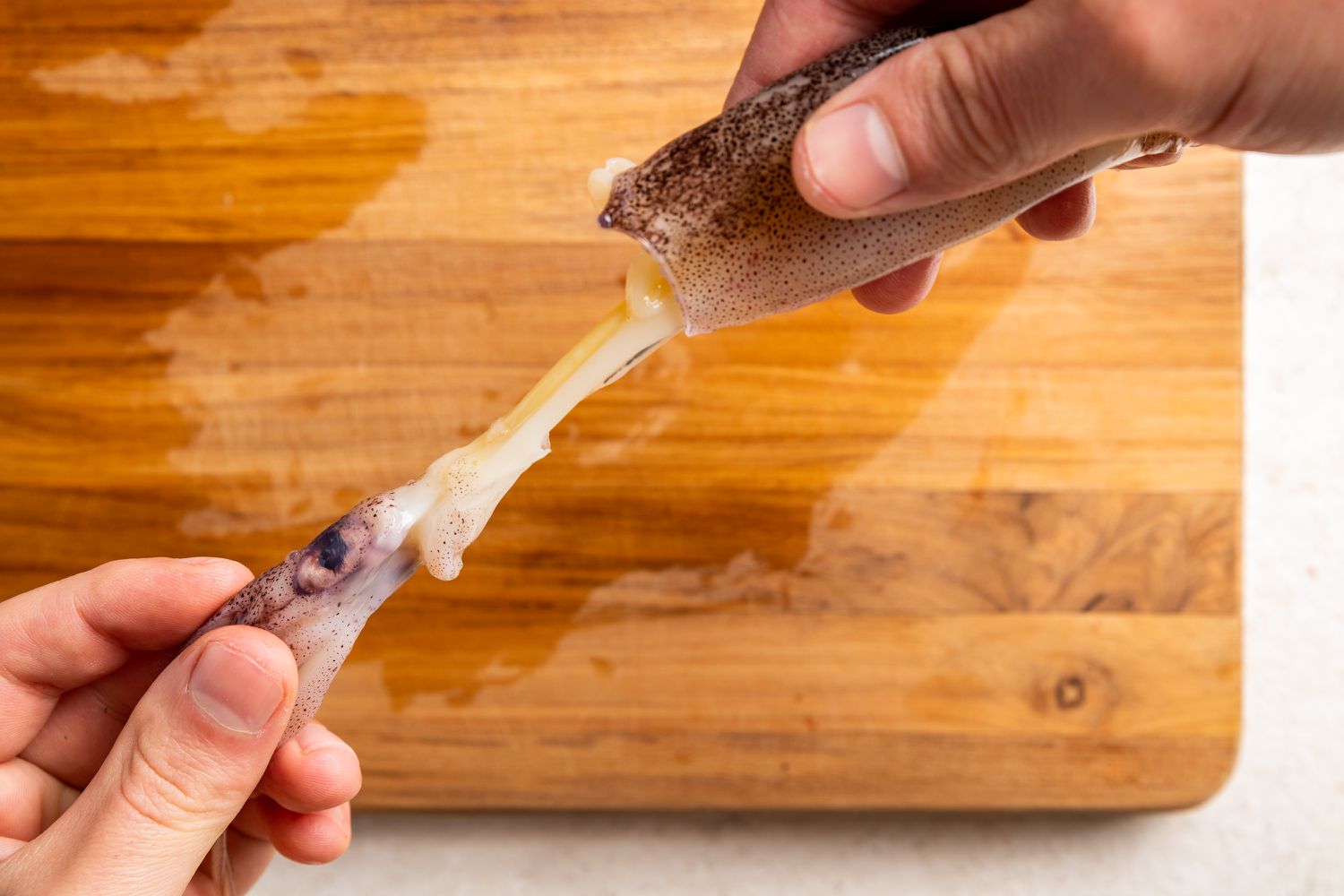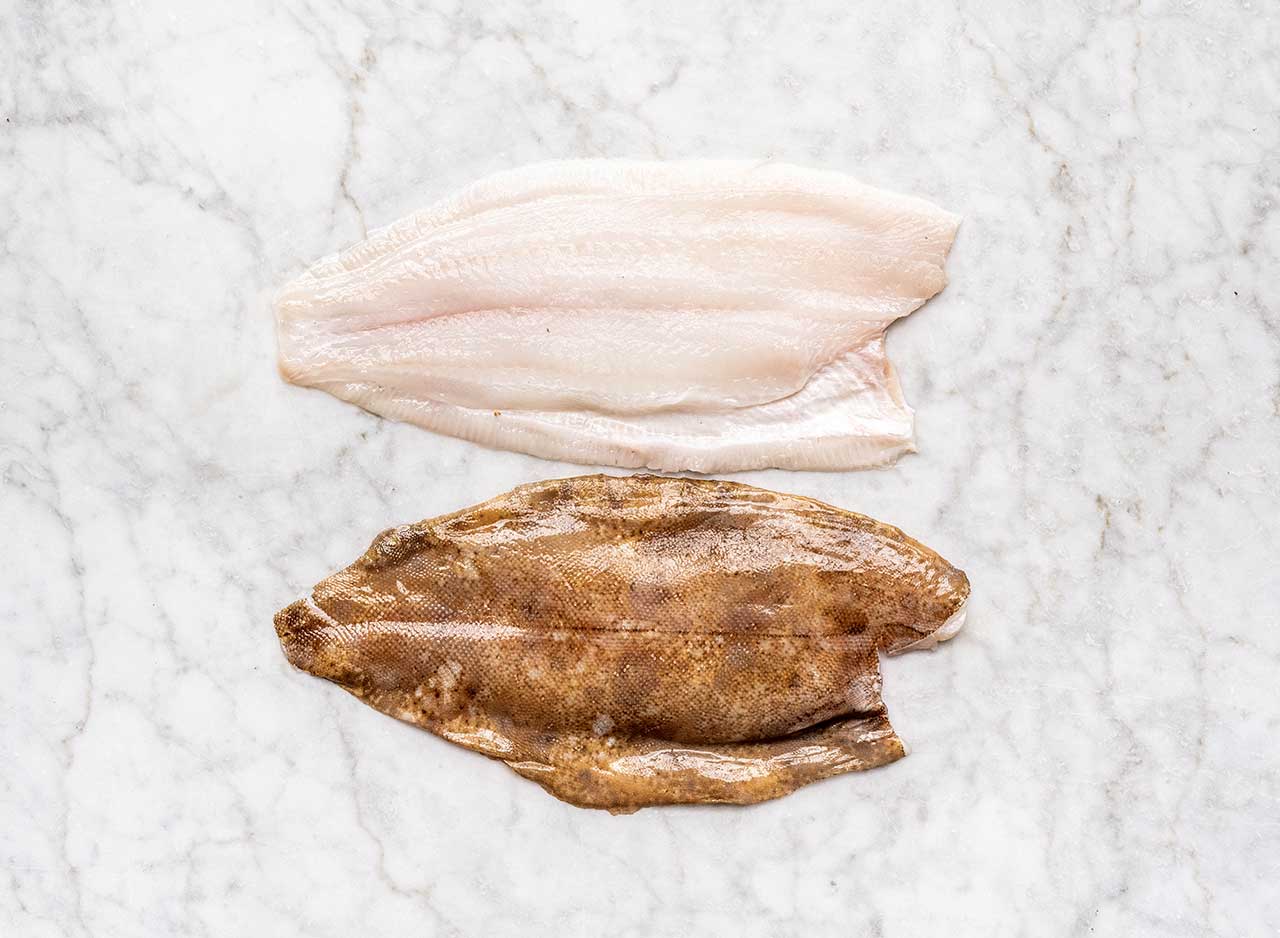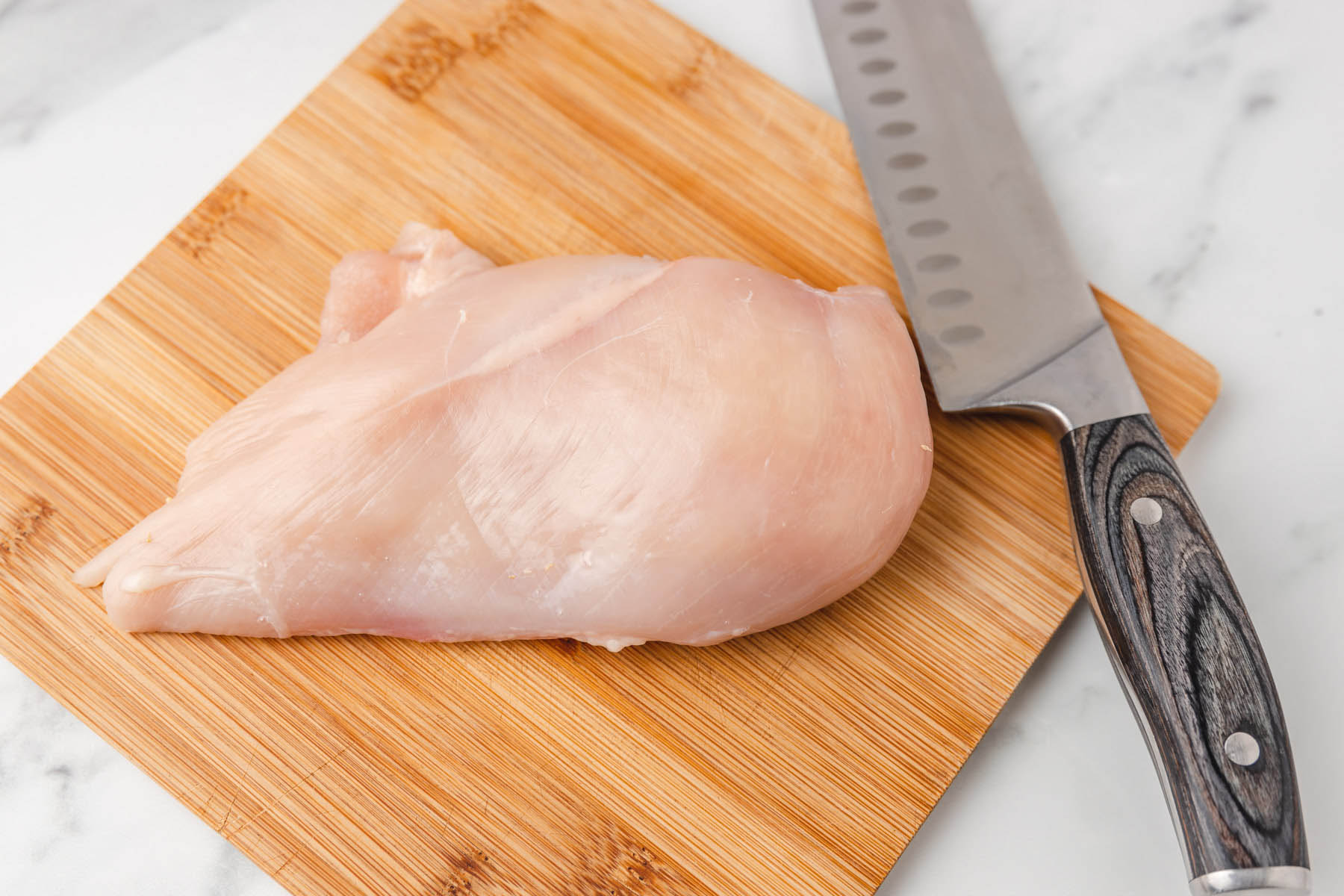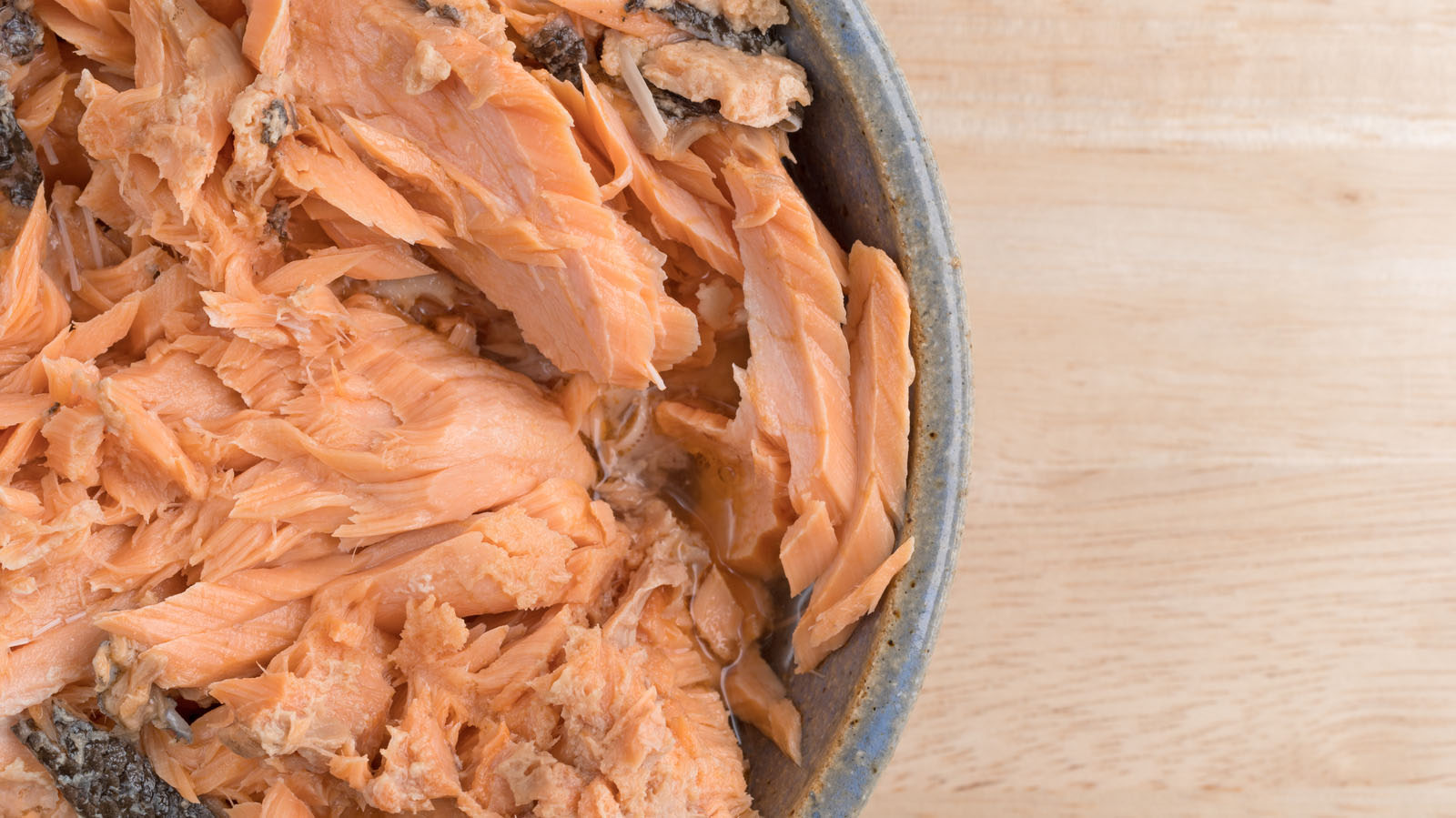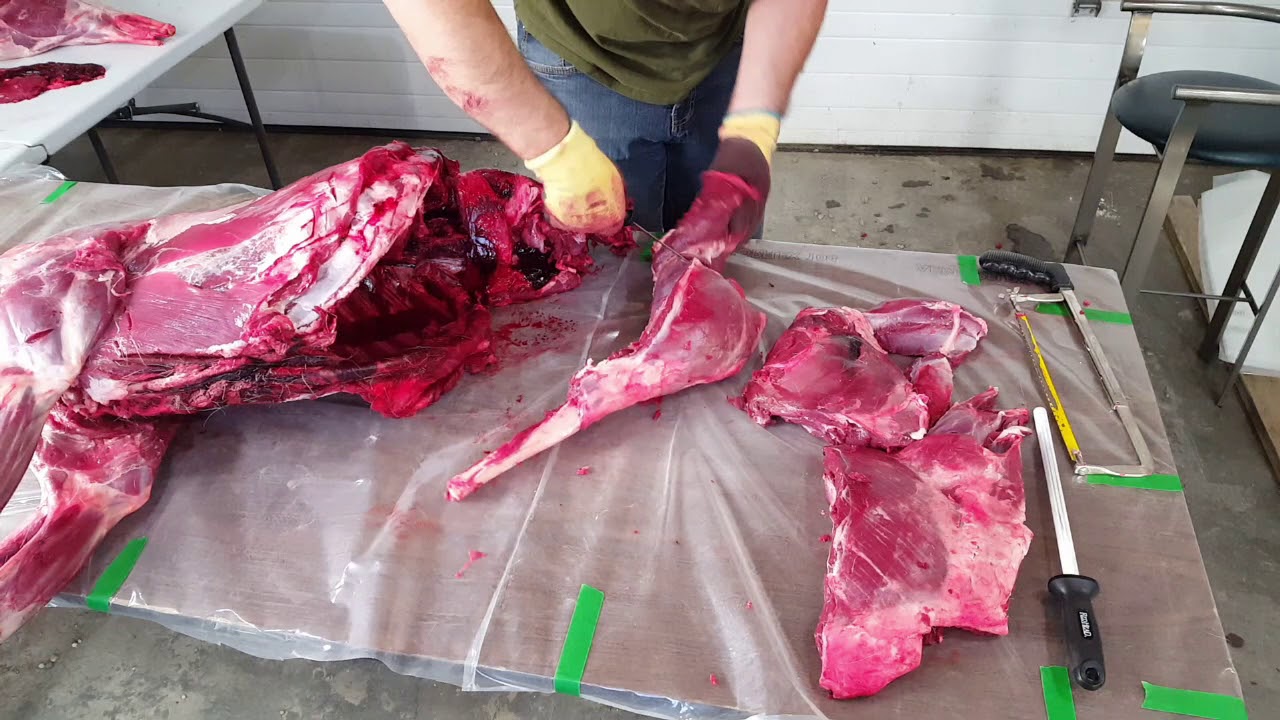Milkfish, also known as bangus, is a popular fish in many Asian countries and is well-loved for its tender and flavorful flesh. However, deboning a milkfish can be a daunting task for many home cooks. In this guide, we'll walk you through the steps to successfully debone a milkfish so you can enjoy this delicious fish without the hassle.
Preparing the Milkfish
Before you start deboning the milkfish, it's essential to prepare the fish properly. Here's what you'll need to do:
-
Gather Your Tools: You'll need a sharp filleting knife, a pair of kitchen shears, and a clean cutting board.
-
Clean the Milkfish: Rinse the milkfish under cold water to remove any scales and impurities. Pat it dry with paper towels.
-
Lay the Milkfish Flat: Place the milkfish on the cutting board and make sure it's lying flat and stable.
Deboning the Milkfish
Now that your milkfish is prepped, it's time to start deboning. Follow these steps for a successful deboning process:
-
Make a Slit: Using a sharp filleting knife, make a slit along the belly of the milkfish from the tail to the head. Be careful not to cut too deep to avoid puncturing the internal organs.
-
Remove the Innards: Gently scoop out the internal organs of the milkfish and discard them.
-
Lift the Backbone: With the help of your fingers or a spoon, carefully lift the backbone of the milkfish to separate it from the flesh. Be gentle to avoid tearing the flesh.
-
Cut Along the Backbone: Using the filleting knife, cut along the length of the backbone to separate it from the flesh. Take your time and follow the natural curve of the fish to ensure you remove the bones effectively.
-
Remove the Pin Bones: Once the backbone is removed, use the kitchen shears to snip off any remaining pin bones along the sides of the fish. Run your fingers along the flesh to feel for any small bones and remove them as necessary.
-
Inspect for Remaining Bones: Carefully inspect the flesh to ensure all bones have been removed. Run your fingers along the flesh to detect any remaining bones and remove them with the kitchen shears if needed.
Tips for Success
Deboning a milkfish can be tricky, especially if you're new to the process. Here are a few tips to help you successfully debone a milkfish:
- Sharp Tools: Ensure your filleting knife and kitchen shears are sharp to make the deboning process easier and more precise.
- Patience is Key: Take your time and work slowly to avoid damaging the flesh or leaving behind small bones.
- Practice Makes Perfect: If it's your first time deboning a milkfish, don't be discouraged if it takes a few tries to get it right. With practice, you'll become more confident in the process.
Enjoying Your Deboned Milkfish
Now that you've successfully deboned the milkfish, you can use the flesh in a variety of delicious recipes. Whether you grill, fry, or steam the milkfish, you can now enjoy it without the worry of encountering bones.
Deboning a milkfish takes practice, but with the right tools and technique, you'll be able to enjoy this delectable fish without the hassle of bones. So, roll up your sleeves, grab your filleting knife, and give it a try!
Was this page helpful?
Read Next: How To Debone Prime Rib After Cooking
